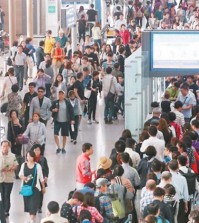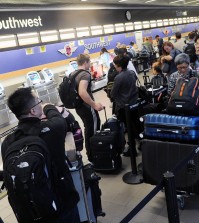- California Assembly OKs highest minimum wage in nation
- S. Korea unveils first graphic cigarette warnings
- US joins with South Korea, Japan in bid to deter North Korea
- LPGA golfer Chun In-gee finally back in action
- S. Korea won’t be top seed in final World Cup qualification round
- US men’s soccer misses 2nd straight Olympics
- US back on track in qualifying with 4-0 win over Guatemala
- High-intensity workout injuries spawn cottage industry
- CDC expands range of Zika mosquitoes into parts of Northeast
- Who knew? ‘The Walking Dead’ is helping families connect
[NY Times] Why a Generation of Adoptees Is Returning to South Korea

Laura Klunder in Seoul. She had her adoption case number tattooed on her arm. (Courtesy of The New York Times)
Laura Klunder’s newest tattoo runs down the inside of her left forearm and reads “K85-160,” a number that dates to her infancy. Klunder was 9 months old when her South Korean mother left her at a police station in Seoul.
The police brought her to Holt Children’s Services, a local adoption agency, where a worker assigned Klunder the case number K85-160. It was only two weeks into 1985, but she was already the 160th child to come to the agency that month, and she would go on to be one of 8,800 children sent overseas from South Korea that year.
Klunder became part of the largest adoption exodus from one country in history: Over the past six decades, at least 200,000 Korean children — roughly the population of Des Moines — have been adopted into families in more than 15 countries, with a vast majority living in the United States.















